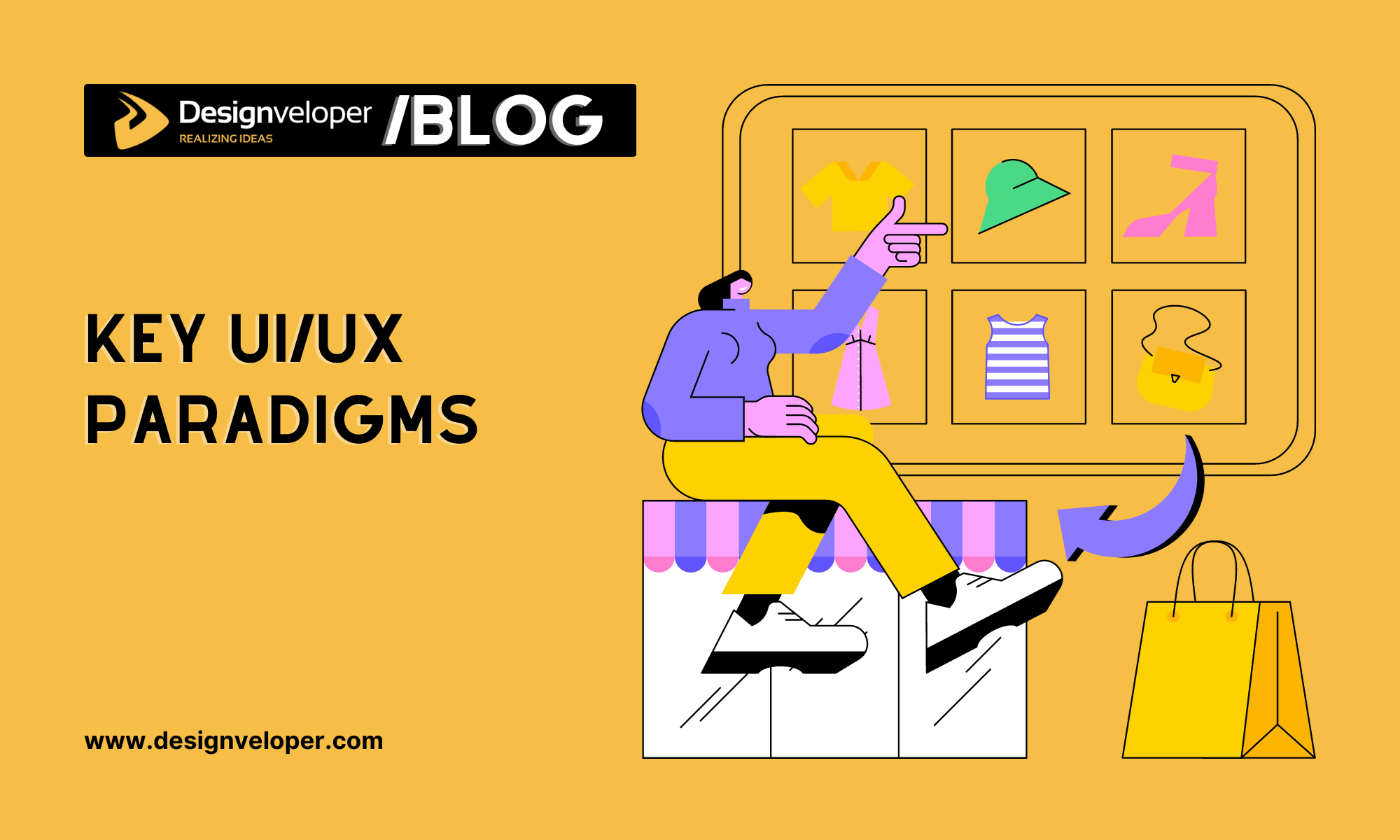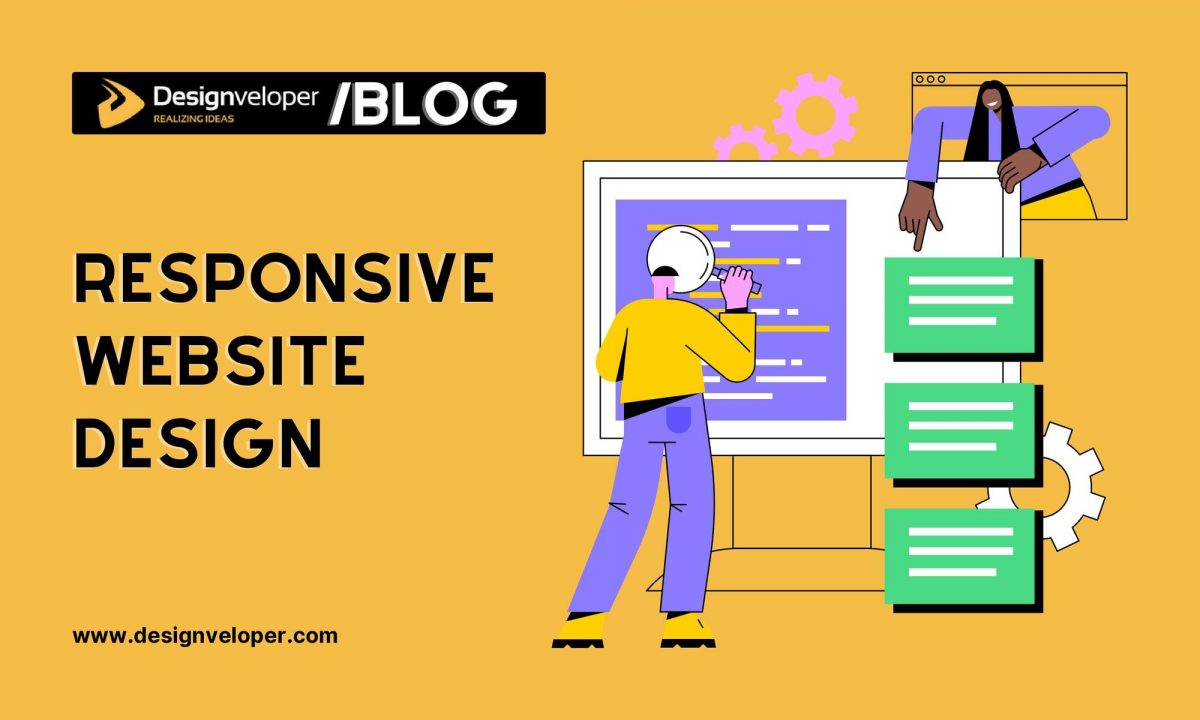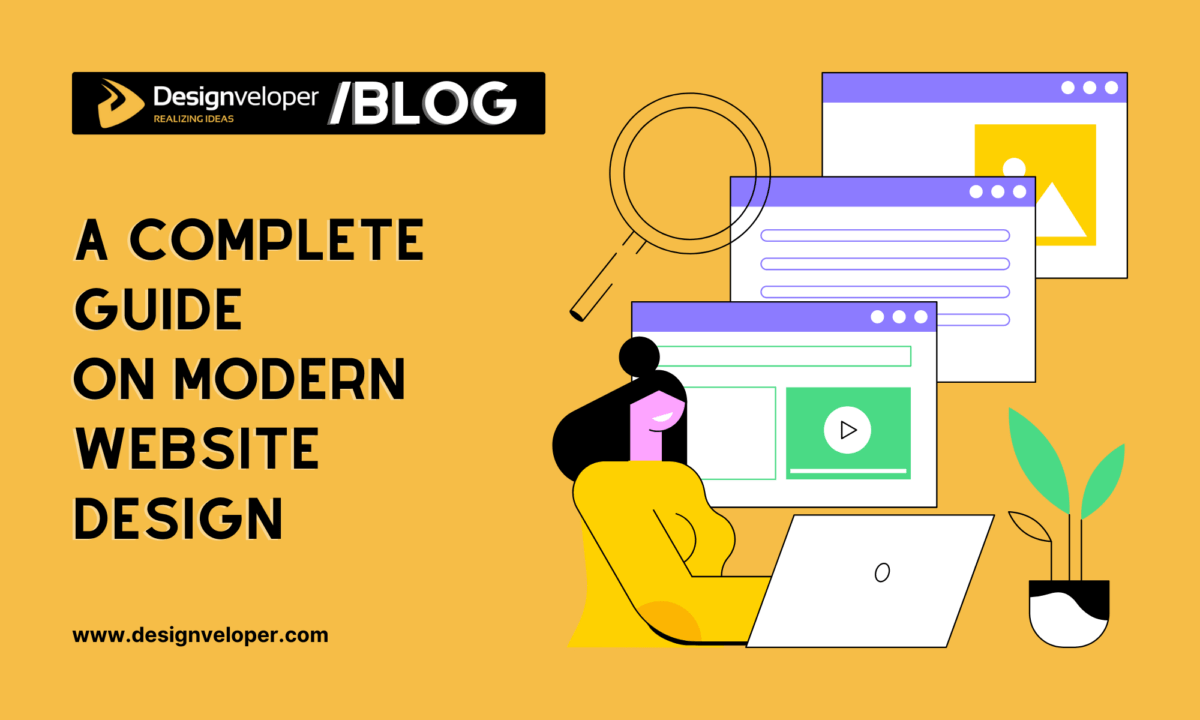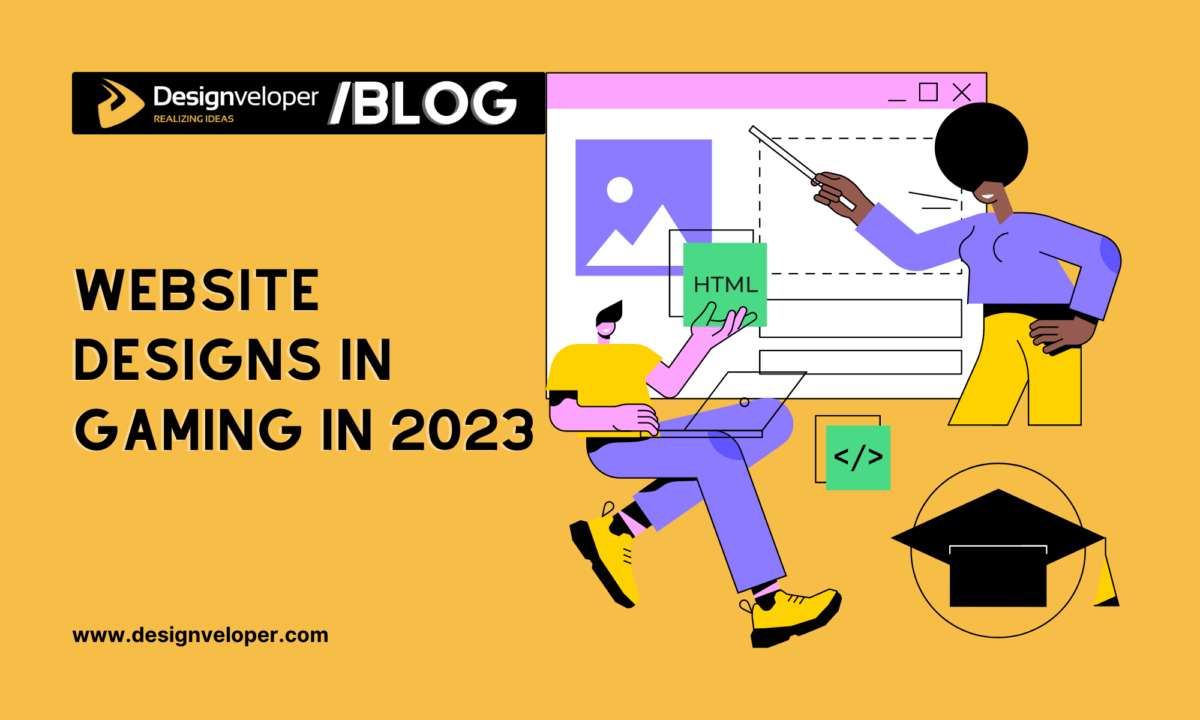In today’s fast-paced digital world, the role of UI/UX (User Interface and User Experience) design is becoming increasingly pivotal. Your product’s design not only influences aesthetics but shapes how users engage with your platform. With rapidly advancing technology, UI/UX paradigms are continually evolving, compelling businesses to stay agile. Let’s explore the eight key paradigms reshaping user experience this year.
8 Key UI/UX Paradigms that You Should Know
Paradigm 1: The Rise of Minimalism
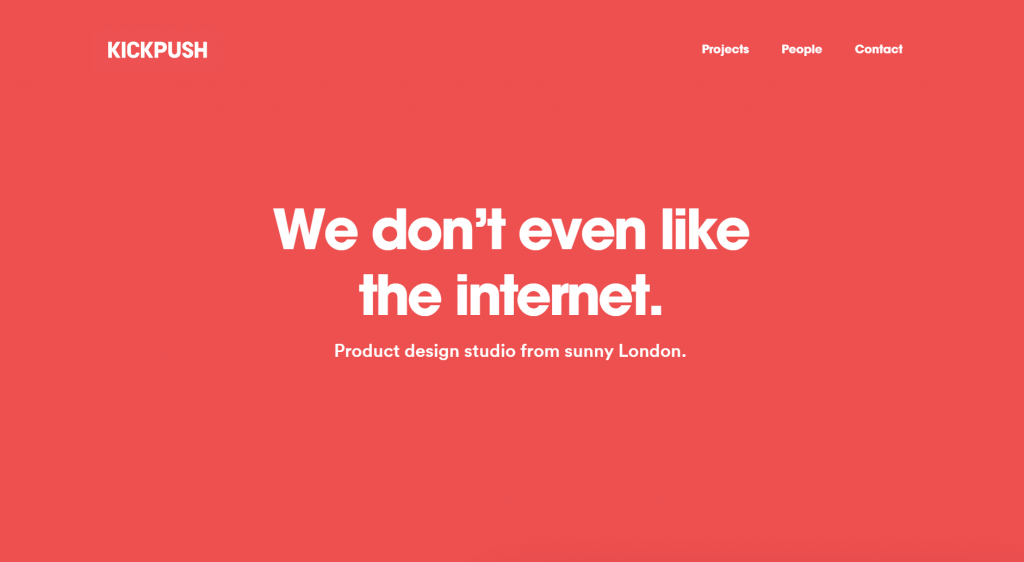
Minimalism has transformed from a fleeting design trend into a foundational aspect of effective UI/UX. This paradigm emphasizes a cleaner, straightforward interface, shedding superfluous elements to spotlight essential functionalities. Minimalistic design offers users fewer distractions and eases the completion of tasks, subsequently enhancing user satisfaction and engagement. Amidst the digital chaos, less is increasingly becoming more.
Paradigm 2: Dark Mode Trend
The introduction of dark mode across apps and operating systems marks its acceptance and growing popularity. This paradigm is not merely a stylistic choice but an ergonomically effective one, reducing eye strain in low-light environments and conserving battery on OLED screens. Businesses adopting dark mode are observing higher user retention and engagement rates.
Paradigm 3: Voice User Interface (VUI)

Voice User Interface (VUI) is rapidly gaining traction, bolstered by the proliferation of smart home devices. Technologies like Siri, Alexa, and Google Assistant are making everyday tasks more convenient. This paradigm allows for a more natural, intuitive form of interaction and has demonstrated its usefulness in customer service, voice search, and accessibility features.
Paradigm 4: Biometric Authentication
Balancing security and user convenience is a continual struggle, but biometric authentication is emerging as an effective solution. Facial recognition, fingerprint scanning, and other biometric methods are gradually replacing traditional password systems. While enhancing security, these methods expedite the authentication process, improving the overall user experience significantly.
Paradigm 5: Augmented Reality (AR) and Virtual Reality (VR)

The incorporation of AR and VR into UI/UX design marks a revolutionary change. These immersive technologies provide new opportunities for user engagement, from virtual product try-ons to interactive 3D advertisements. This paradigm offers a novel, captivating user experience that can transform various industries, from e-commerce to education.
FURTHER READING: |
| 1. How Are UX Design Agencies Transforming the World of Design? |
| 2. Optimizing UX Design Workflow With PDF Conversion Tools |
Paradigm 6: Adaptive and Responsive Design
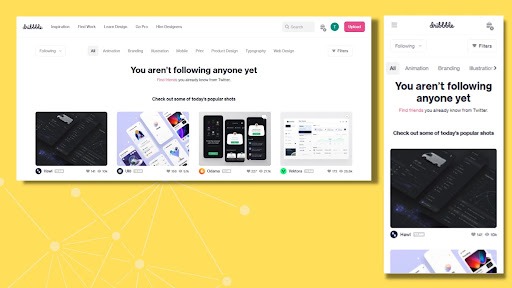
The emergence of various screen sizes—such as foldable phones and smartwatches—has made adaptive and responsive design essential. This paradigm ensures seamless user interactions across different devices and screen sizes. It not only ensures that your interface is visually appealing but also functionally effective across platforms, elevating user experience and widening your audience reach.
Paradigm 7: Emphasis on Accessibility
Accessibility has moved from being an afterthought to a primary consideration in UI/UX design. This paradigm revolves around creating interfaces accessible to people with disabilities, adhering to the Web Content Accessibility Guidelines (WCAG). Implementing accessibility features not only broadens your user base but also enhances your brand’s social responsibility.
Paradigm 8: AI and Machine Learning in UI/UX
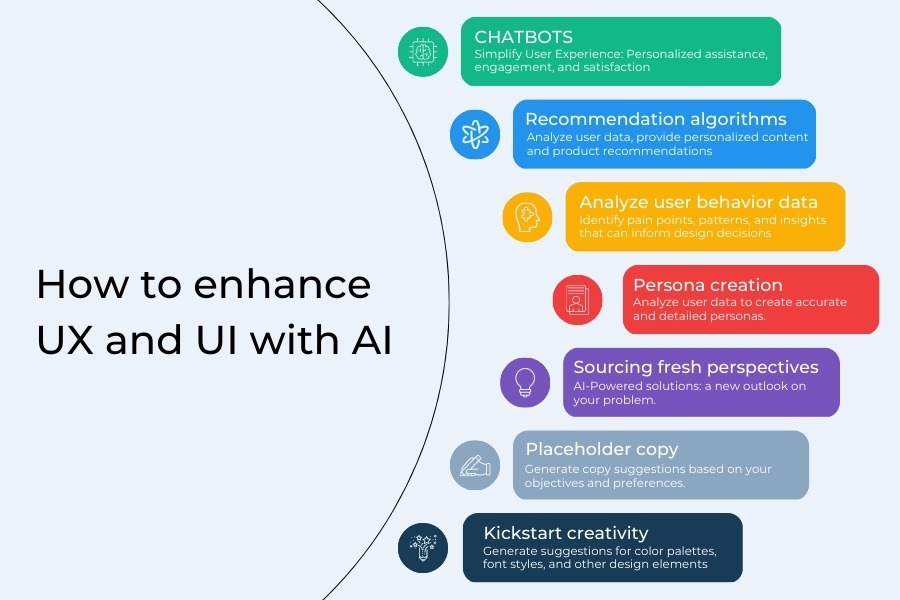
AI and machine learning technologies are no longer mere buzzwords but are integral to modern UI/UX design. Chatbots, personalized content, and predictive algorithms are transforming the way users interact with platforms. This paradigm employs data analytics to adapt and predict user behavior, resulting in an individualized and intuitive user experience.
Conclusion
The year ahead stands as a critical juncture in the development of UI/UX design paradigms. The incorporation of minimalism, dark mode, VUI, biometric authentication, AR/VR, adaptive and responsive design, accessibility, and AI into the UI/UX strategies are elevating the stakes for businesses striving for an exceptional user experience. To thrive in this evolving landscape, focusing on these key paradigms is not merely wise—it is indispensable.
If you’re committed to staying ahead of the curve in this digital evolution, investing in cutting-edge UI/UX design is non-negotiable. The landscape is rapidly shifting, making adaptation imperative.
